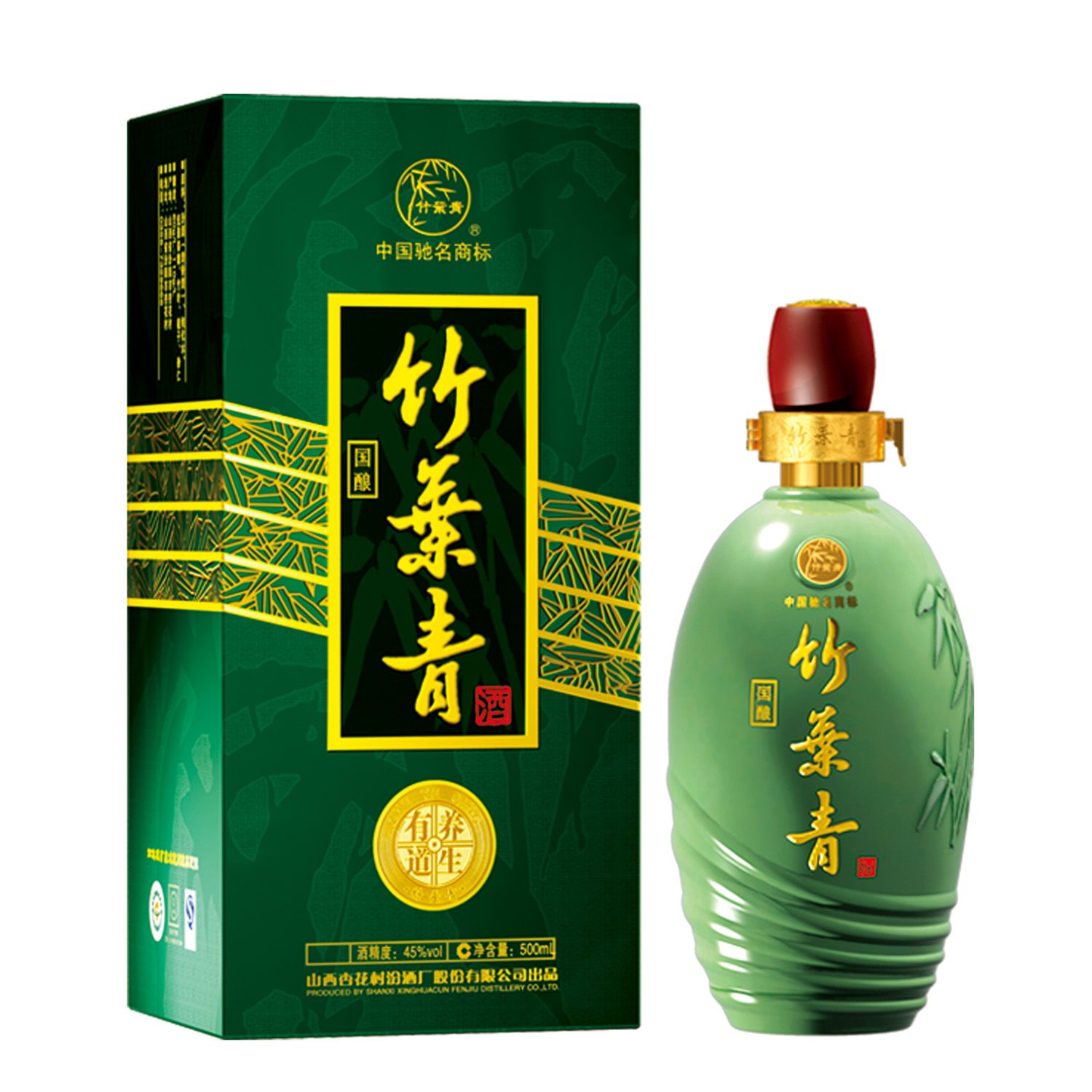
Deutsch-Chinesische Enzyklopädie, 德汉百科
 Shanxi Sheng-SX
Shanxi Sheng-SX

Zhao (chinesisch 趙 / 赵, Pinyin Zhào) war ein Staat des chinesischen Altertums während der Zeit der Streitenden Reiche, der 403 v. Chr. entstand und vom Staat Qin 228 v. Chr. annektiert wurde.
Er grenzte an die Staaten Qin, Wei und Yan. Seine Hauptstadt war Handan. Das Territorium umfasste Gebiete in der Heutigen Inneren Mongolei sowie den Provinzen Hebei, Shanxi und Shaanxi.
Zhao (Chinese: 趙) was one of the seven major states during the Warring States period of ancient China. It was created from the three-way Partition of Jin, together with Han and Wei, in the 5th century BC. Zhao gained significant strength from the military reforms initiated during King Wuling's reign, but suffered a crushing defeat at the hands of Qin at the Battle of Changping. Its territory included areas now in modern Inner Mongolia, Hebei, Shanxi and Shaanxi provinces. It bordered the Xiongnu, the states of Qin, Wei and Yan. Its capital was Handan, in modern Hebei Province.
Zhao was home to administrative philosopher Shen Dao, sophist Gongsun Long and the Confucian Xun Kuang.[1]
Zhao (chinois simplifié : 赵国 ; chinois traditionnel : 趙國 ; pinyin : - 453 - 228 av. J.-C.) était l'un des sept États qui composaient la Chine antique pendant la Période des Royaumes combattants. Initialement clan de grands feudataires de l'Hégémonie de Jin, le Zhao fut l'un des trois États créés par la partition de celui-ci par les trois familles en 403 av. J.-C.. D'abord de faible importance, le Zhao sut se développer jusqu'à devenir l'un des royaumes majeurs, avant d'être finalement détruit par le royaume de Qin.
Son territoire s'étendait sur les provinces actuelles de la Mongolie-Intérieure, du Hebei, du Shanxi et du Shaanxi. Les frontières de cet état touchaient le pays des Xiongnu ainsi que les royaumes du Qin, du Wei et du Yan.
Lo stato di Zhao (pinyin: zhào, cinese tradizionale: 趙, cinese semplificato: 赵) fu uno Stato cinese del Periodo dei regni combattenti. All'inizio del periodo era uno degli stati più deboli, ma si rafforzò sotto il re Wuling di Zhao, e alla fine del periodo era l'unico regno in grado di opporsi alla potenza dello Stato di Qin.
Il territorio dello Stato di Zhao comprendeva parte dell'odierna Mongolia Interna e delle province di Hebei, Shanxi e Shaanxi. Confinava con gli Xiongnu e con gli Stati di Qin, Wei e Yan. La capitale era Handan (邯郸), presso la odierna Handan, Hebei.
Zhao (chino tradicional: 趙; chino simplificado: 赵; Wade-Giles: Chao4; pinyin: Zhào) fue un estado chino durante el período de los Reinos Combatientes. Su territorio incluía áreas de las actuales provincias de Mongolia Interior, Hebei, Shanxi y Shaanxi. El estado de Zhao tenía fronteras con los xiongnu y los estados de Qin, Wei y Yan. Su capital era Handan (邯鄲), suburbio de la actual ciudad de Handan en Hebei.
Чжао (кит. упр. 趙, пиньинь: Zhào, палл.: Чжао) — одно из семи основных северокитайских царств Периода Сражающихся царств (Чжаньго). Существовало с 403 года до н. э. по 222 год до н. э.

Der Zheng-Guo-Kanal (chinesisch 鄭國渠 / 郑国渠, Pinyin Zhèng Guó Qú, W.-G. Cheng-kuo ch’ü) ist ein großer Kanal in China, der 246 v. Chr. im alten Reich Qin abgeschlossen wurde. Er wurde von Zheng Guo erbaut.
Der Kanal brachte das Wasser des Flusses Jing Shui (泾水) von Zhongshan aus (im heutigen Kreis Jingyang, Provinz Shaanxi) über 150 km westwärts zum Luo-Fluss und versorgte so die trockene Zentral-Shaanxi-Ebene (Guanzhong-Ebene) mit ausreichend Wasser.
Der Kanal war ursprünglich Teil eines gegen seinen Rivalen Qin gerichteten Vorhabens des Königs des Staates Han: Die Ressourcen des Qin-Staates sollten durch dieses zivile Projekt langfristig gebunden werden. Die Qin jedoch schlossen die Bauarbeiten erfolgreich ab, und die Bewässerung von vielen tausend Quadratkilometern zusätzlichen Ackerlandes lieferte dem Königreich ausreichend Mittel, sein bereits gewaltiges Heer weiter zu vergrößern.
郑国渠是中国战国时期水利学家郑国,于秦王政元年(前246年)为秦国所筑的河渠。河渠长三百里,位于今日陕西省泾阳县上然村泾出口一带。为纪念韩国工程师郑国而得名。



 History
History

 Geography
Geography
 Eat and Drink
Eat and Drink